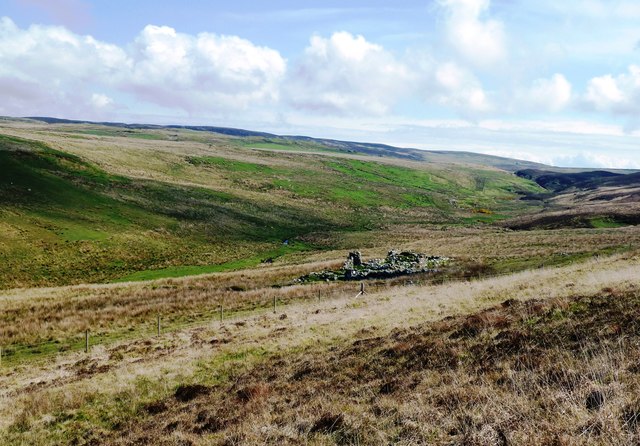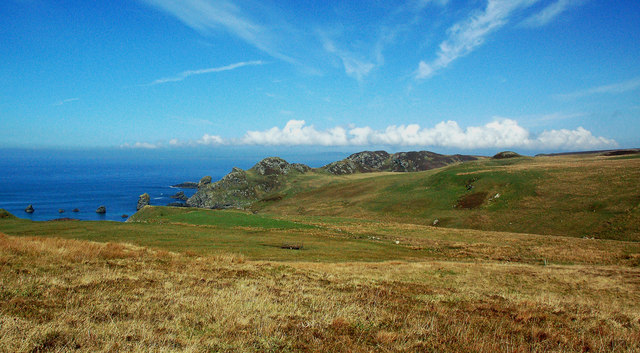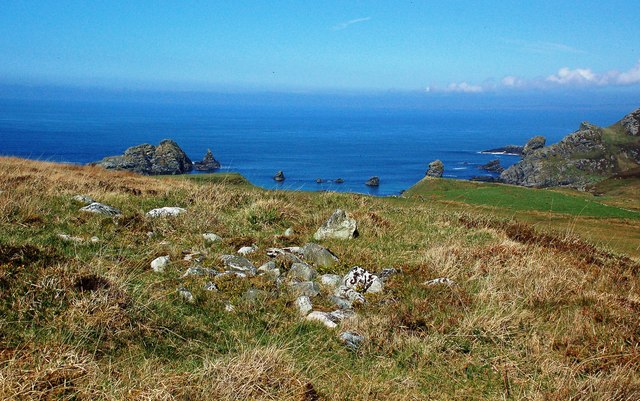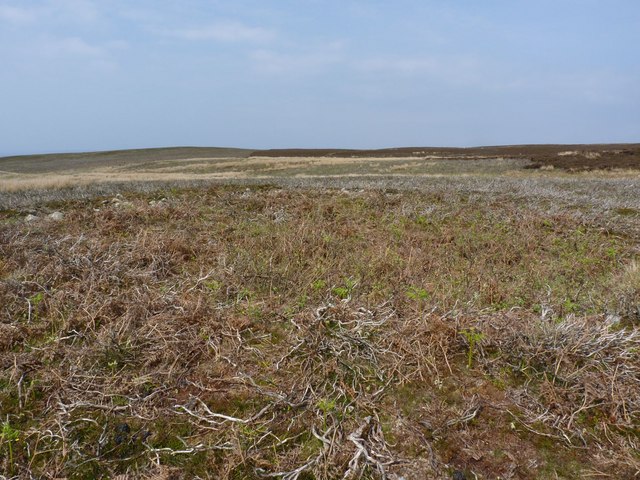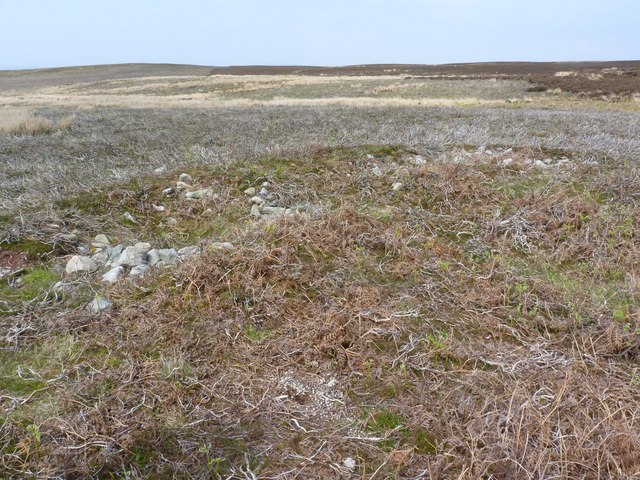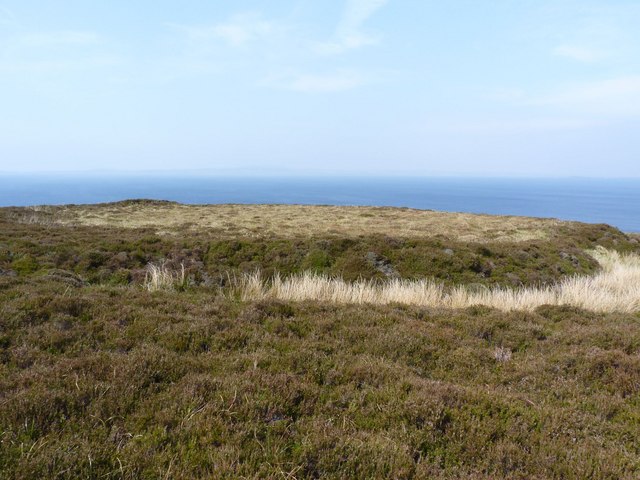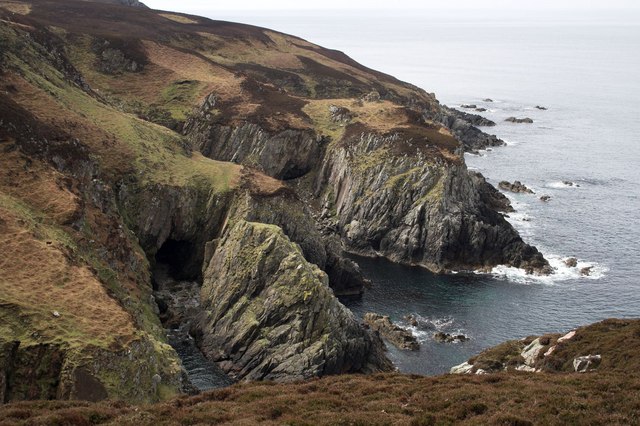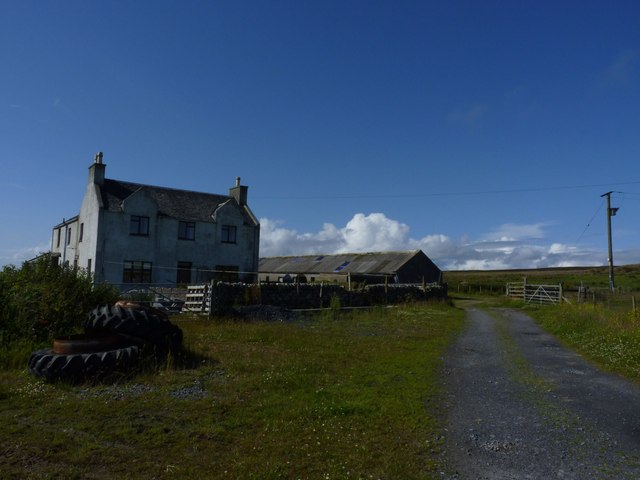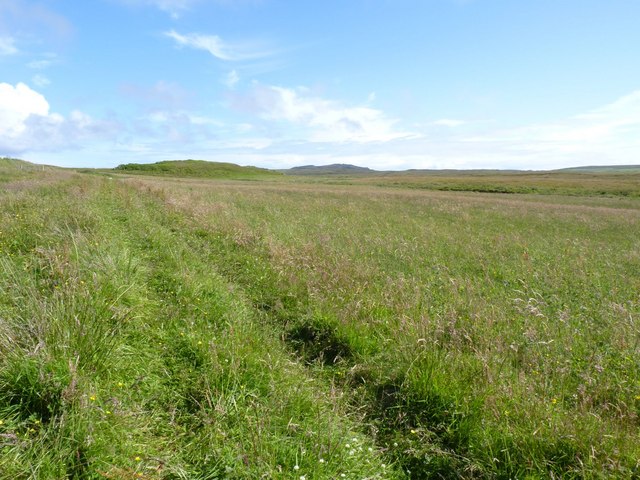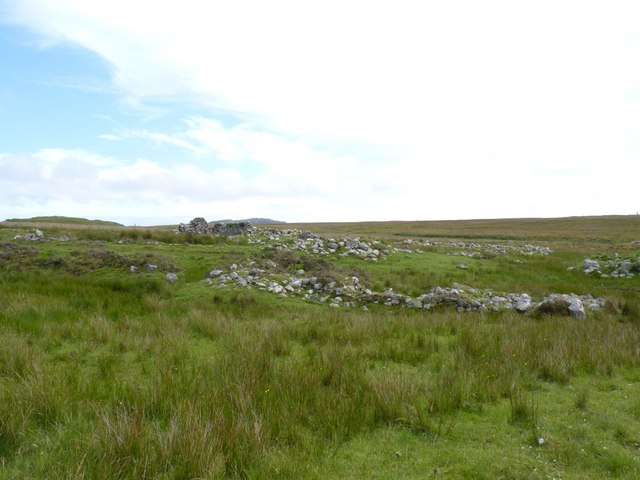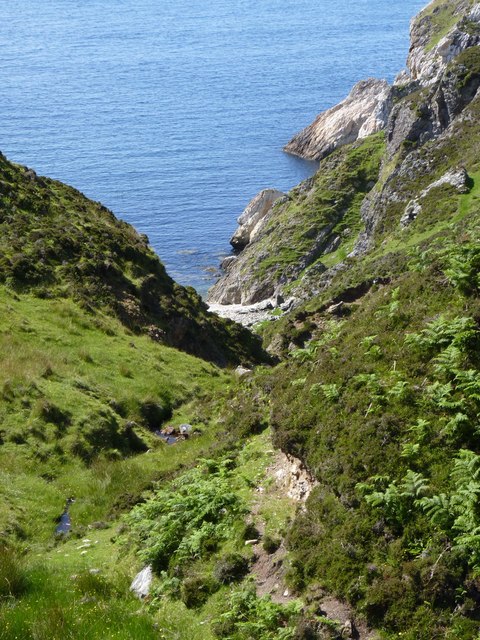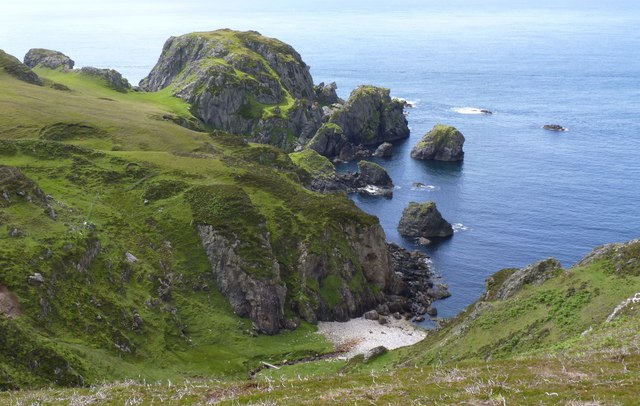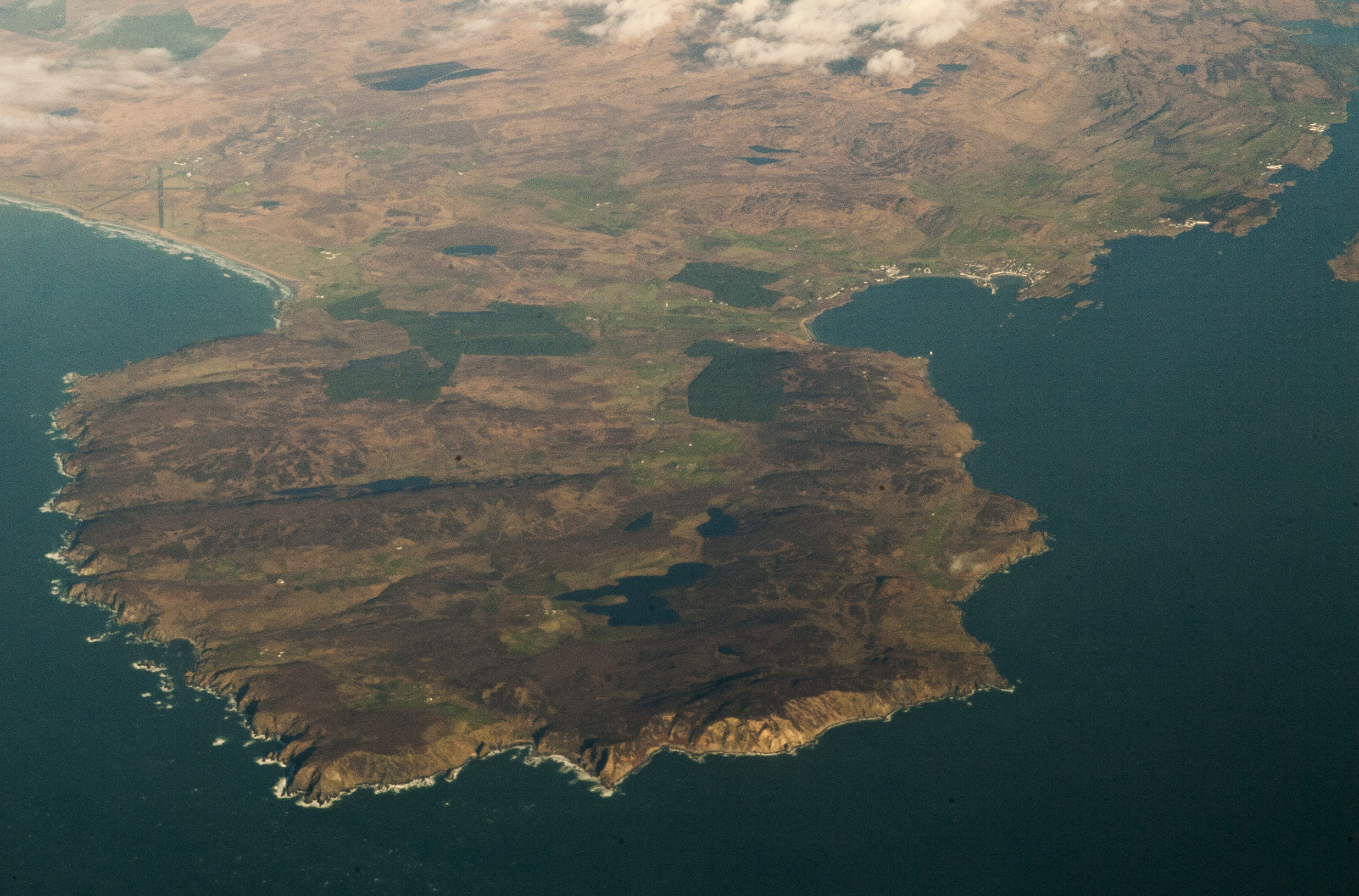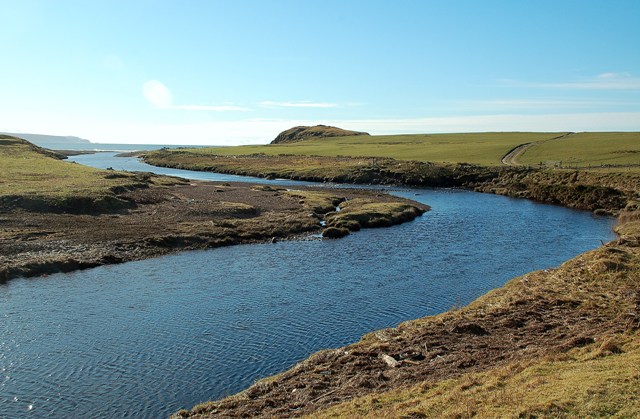Alt Leathan
Bay in Argyllshire
Scotland
Alt Leathan
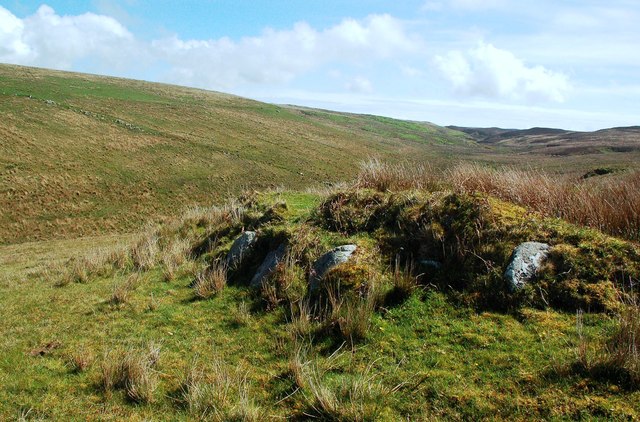
Alt Leathan is a small bay located in Argyllshire, Scotland. Situated on the west coast of Scotland, this picturesque bay offers stunning views of the surrounding rugged landscape and the vast expanse of the Atlantic Ocean. The name "Alt Leathan" translates to "wide burn" in Gaelic, which perfectly describes the bay's expansive reach.
The bay is known for its tranquil and secluded atmosphere, making it a popular destination for those seeking a peaceful retreat. The unspoiled sandy beaches and crystal-clear waters of Alt Leathan are a haven for wildlife enthusiasts and nature lovers. The bay is home to a diverse range of marine life, including seals, dolphins, and a wide variety of seabirds.
The surrounding area of Alt Leathan boasts an abundance of natural beauty. The bay is nestled amid rolling hills and dramatic cliffs, providing a breathtaking backdrop for outdoor activities such as hiking, birdwatching, and photography. The nearby Argyll Forest Park offers opportunities for exploring ancient woodlands and spotting rare wildlife.
While Alt Leathan may be remote, it is not devoid of amenities. There are a few local establishments, including a charming inn and a small cafe, where visitors can enjoy a warm meal and soak in the friendly atmosphere. Additionally, the bay is well-connected to nearby towns and villages, making it easily accessible for tourists.
In summary, Alt Leathan is a hidden gem on the west coast of Scotland, offering a serene getaway for those seeking natural beauty and tranquility. With its stunning scenery, abundant wildlife, and opportunities for outdoor activities, this bay is a must-visit destination for nature enthusiasts and those looking to escape the hustle and bustle of city life.
If you have any feedback on the listing, please let us know in the comments section below.
Alt Leathan Images
Images are sourced within 2km of 55.623725/-6.3281212 or Grid Reference NR2745. Thanks to Geograph Open Source API. All images are credited.
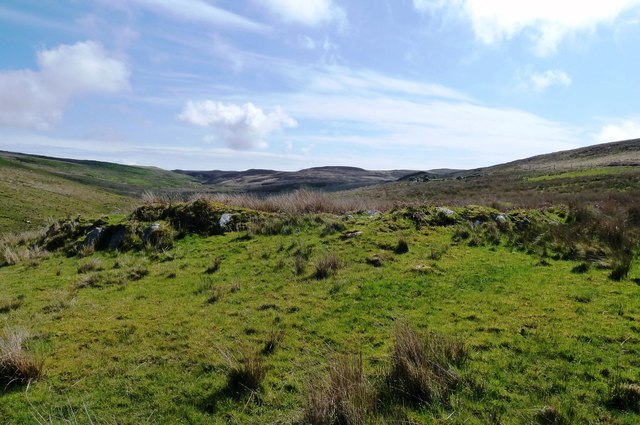
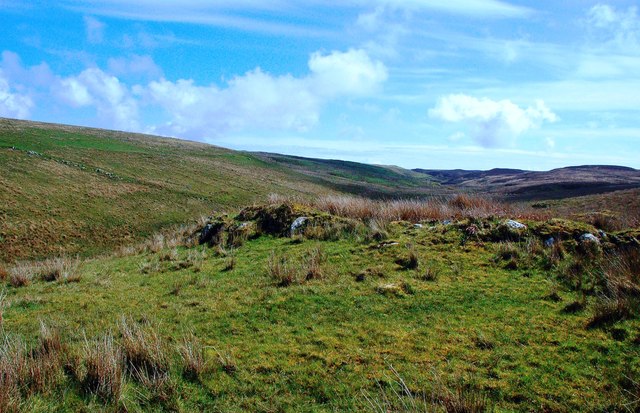
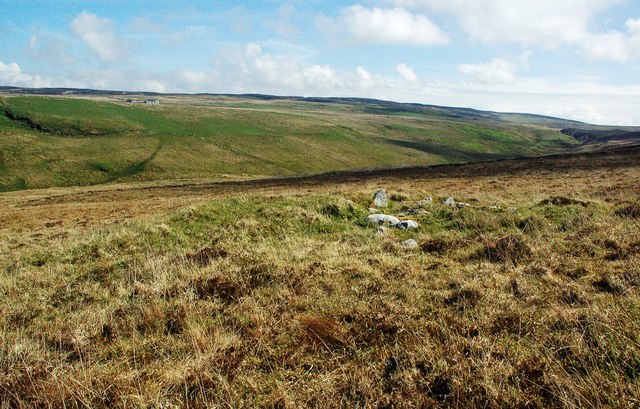
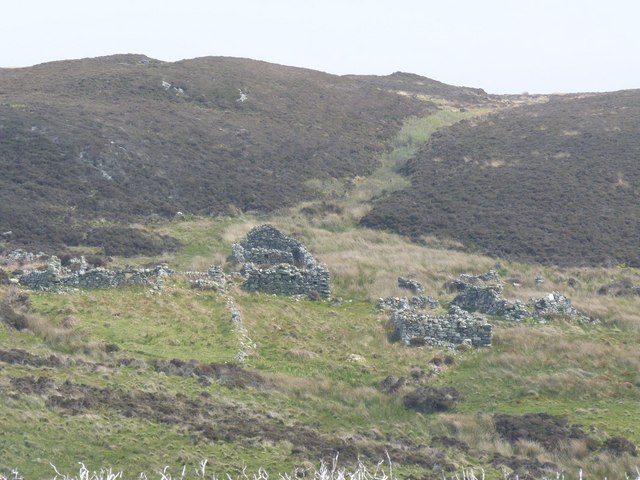
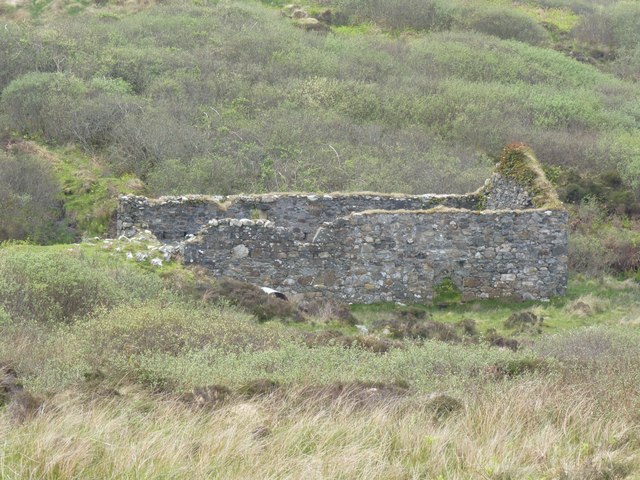
Alt Leathan is located at Grid Ref: NR2745 (Lat: 55.623725, Lng: -6.3281212)
Unitary Authority: Argyll and Bute
Police Authority: Argyll and West Dunbartonshire
What 3 Words
///radiated.trembles.masterpiece. Near Port Ellen, Argyll & Bute
Related Wikis
Eas Mòr, lower
Eas Mor (lower) is a waterfall on the Abhainn Ghil on the island of Islay, in Scotland. It lies on the west coast of The Oa peninsula north of Lower Killeyan...
Eas Mòr, upper
Eas Mor is a waterfall is a waterfall on the Abhainn Ghil on the island of Islay in Scotland. It lies on The Oa peninsula south of Giol and west of Lenavore...
The Oa
The Oa ( OH) (Scottish Gaelic: An Obha) is a rocky peninsula in the southwest of the island of Islay, in Argyll, Scotland. It is an RSPB nature reserve...
Machrie golf course
The Machrie Golf Course, or "The Machrie Links", is located on Islay, in Scotland. The word "machrie" is a corruption of the Scottish Gaelic machair, which...
Islay Airport
Islay Airport (IATA: ILY, ICAO: EGPI) (also known as Glenegedale Airport) (Scottish Gaelic: Port-adhair Ìle) is located 4.5 nautical miles (8.3 kilometres...
Port Ellen distillery
Port Ellen distillery is located in Port Ellen on the isle of Islay, Scotland. It initially operated between 1825 and 1983 when production shut down....
River Laggan
The River Laggan is a small river on the Scottish island of Islay. Having gathered the waters of the Kilennan River, Barr River and Duich River / Torra...
St John's Church, Port Ellen
St John's Church, Port Ellen is a Category B listed building in Port Ellen, Islay, Argyll and Bute, Scotland. == History == The memorial stone for the...
Have you been to Alt Leathan?
Leave your review of Alt Leathan below (or comments, questions and feedback).
